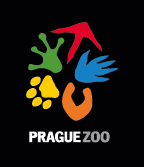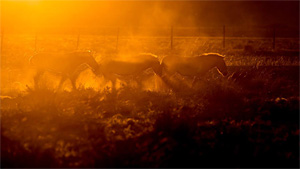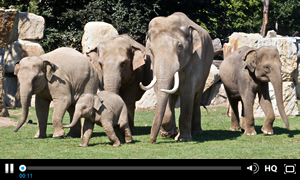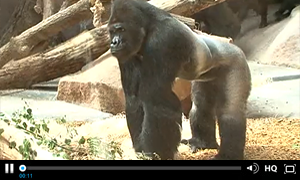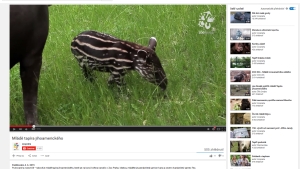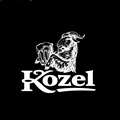Otylka the Humboldt’s Penguin
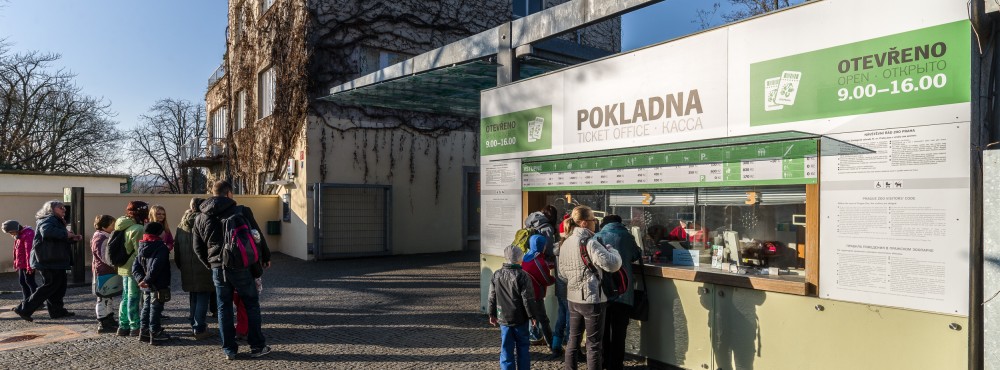
So all penguins look alike to you and you can hardly tell them apart? We beg to disagree! Why don’t you take a gander at our Otylka and her partner Drobek? – you can tell them apart from the others easily: they are by far the largest members of our colony.
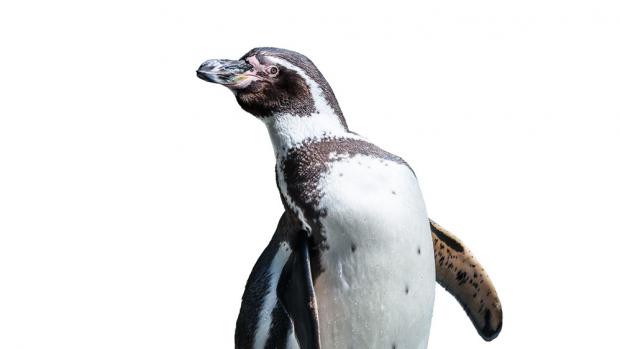
Origin and Appearance
Otylka, a female penguin, was born in Prague on December 14, 2002 and has spent all her life here. With other penguins, a new caretaker might be expected to hesitate for a spell before he figured out which one of his wards had come to claim a fish; with Otylka, no hesitation is necessary. For her name suits her to perfection (in Czech, Otylka, a diminutive of the name Otýlie, sounds as if it were derived from “otylý”, which is Czech for corpulent). Otylka is the largest penguin female in our waddle. So while with other penguins, you have to memorize the black spots on their white tummies or perhaps the patterns of white feathers on their black foreheads; when it comes to Otylka – it is size that speaks volumes. We should hasten to add that Otylka’s mate Drobek (Czech for homunculus) need not fear to be outbulked. He, too, cuts a substantial figure, and Otylka and he make a well-balanced couple of penguin-scale giants.
In the Pavilion of Penguins, Otylka and Drobek occupy one of the niches in the imitation rock formation. The pair chose it themselves and valiantly protect it from other housemates. This is the way that Humboldt’s penguins, who live along the coast of Chile and Peru, nest in the wild as well. There, too, they choose a rocky recess and occupy it during several nesting seasons. In the very same place, they meet again after a long period of separation during which they hunt for fish in the ocean and enjoy their high-spirited games. But as soon as the nesting season comes around, they meet again at the same niche as the previous year. In a zoo setting, penguins have a much easier time of it, naturally, as they do not have to travel long distances in search of food.
Temperament
Penguins are timid creatures, and that is true of Otylka as well. When the caretakers go into the exhibit, they have to whistle to warn the penguins of their approach. Otherwise, the startled creatures would run away and might take a tumble from the rock or into the pool – which could be empty at the time – and hurt themselves. However, as soon as they realize that the whistling is coming from a familiar face, they calm down a little and, at feeding time, they usually come over to get a fish from the caretaker’s hand.
The timid disposition of penguins in general – and therefore also that of Otylka and Drobek – undergoes a transformation when they protect their nesting niche. When that happens, one has to be on one’s guard, and when it is necessary, for instance, to clean the entrance to a niche, one has to go about it very cautiously. The powerful beak of a penguin can inflict a painful wound. A similar predicament obtains when keepers have to deal with jealous spouses. At feeding time, the keepers not only have to make sure that every penguin gets what he or she needs, but they also have to prevent any jealous spouse from seeing them feed his or her better half. Drobek is the perfect case in point: if he sees a caretaker give Otylka a little fish, he immediately takes it into his head that the caretaker wants to elope with her. At once, this mild animal turns into a determined defender of his wife and tries to peck the keeper and chase him away as far as possible.
Life in Prague Zoo
People often ask if Prague is too warm for penguins. As has already been said, our penguins originate from areas in South America whose climate is similar to that of our country. So while they have no problem with a mild winter or a warm summer, they have a lower tolerance for extremes. If the weather gets very hot, we turn on mist sprinklers, which have the pleasant effect of bringing the temperature down. On such days, Otylka likes to place herself right in front of a sprinkler nozzle and savor being drenched by the cool water. Also, she loves to swim in one of the pools in the exhibit. And like other penguins, she, too, likes to play with visitors from time to time, chasing their fingers behind the glass as if she were pursuing a little fish. In the water, Otylka – who looks perhaps even clumsier than her awkward companions when she is on dry land – turns into an agile huntress.
Our penguins are as snug as a bug in a rug in the Pavilion of Penguins. In the wild, sea salt disinfects the air, which makes penguins more susceptible to various diseases in environments where this disinfection lacks. So in our zoo, they undergo regular inhalation treatments, just like people at a luxury spa. And as for the fare they enjoy, any seafood lover would be green with envy: their caretakers serve them all kinds of marine fish and even cuttlefish and octopi enriched with sea salt and vitamins. This first-rate care for our wards is, without a doubt, among the reasons why Prague Zoo is one of the best breeders of these penguins in Europe.
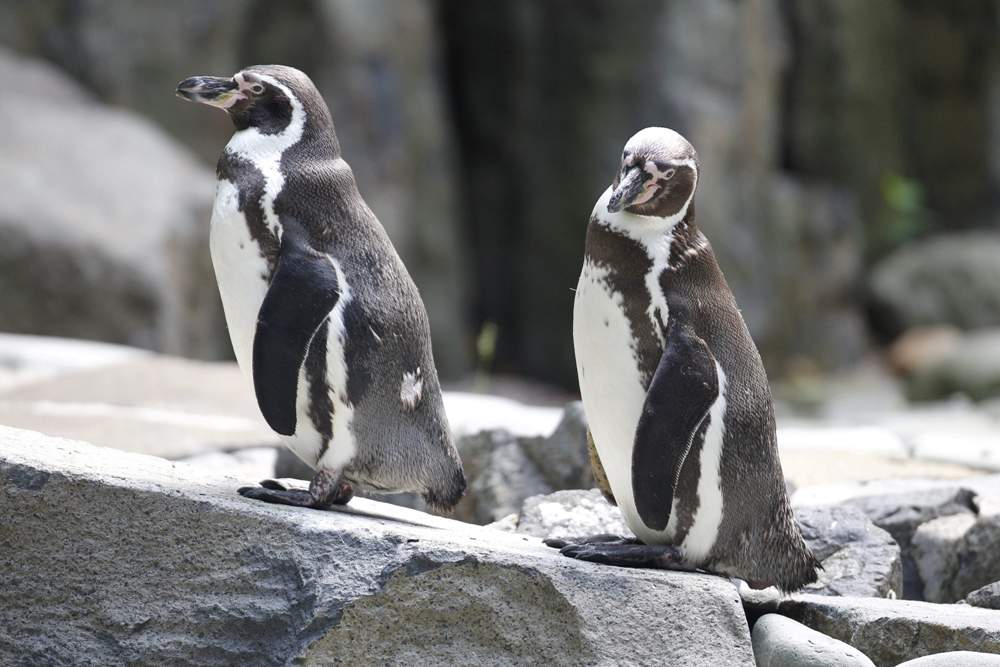
Prague Zoo is intensely involved in the protection of animal species, whether they live under human care or in their natural habitats. Join us in helping them to survive!
| Total zoo area | 58 ha |
| Total exhibit area | 50 ha |
| Number of pavilions | 15 |
| Number of exhibits | over 150 |
| Number of employees | 249 |
ZOOPRAHA.CZ
Contacts
- The Prague zoological garden
U Trojskeho zamku 120/3
171 00 Praha 7
Phone.: (+420) 296 112 230 (public relations department)
e-mail: zoopraha@zoopraha.cz
Others
